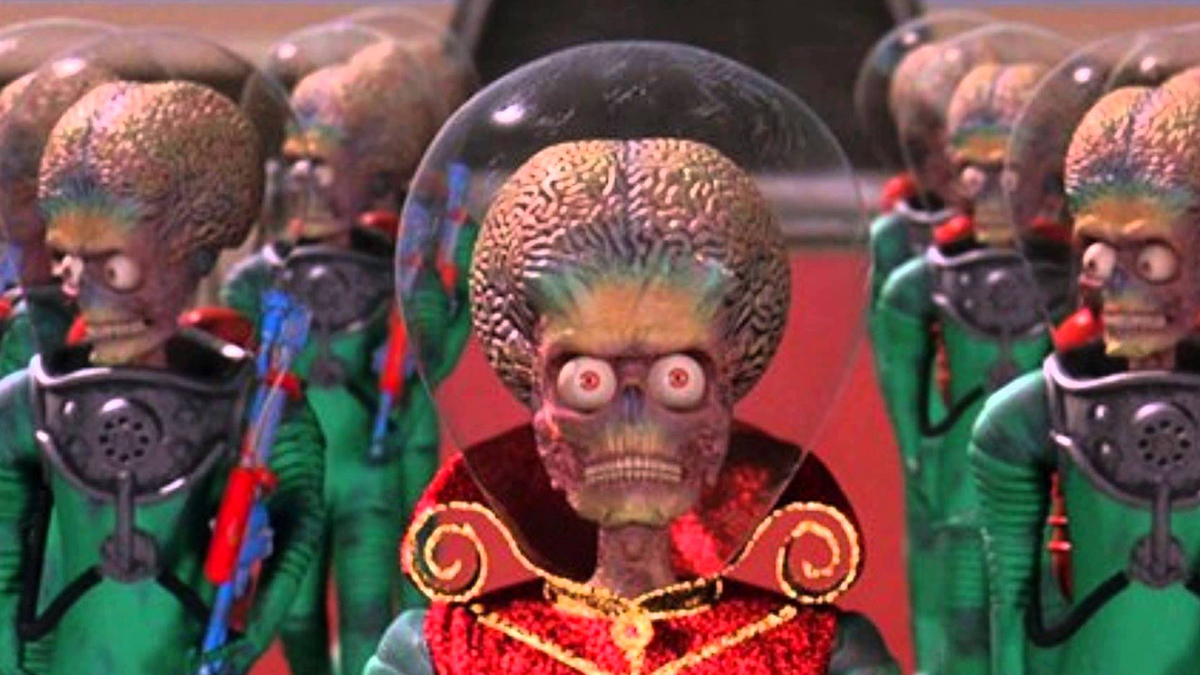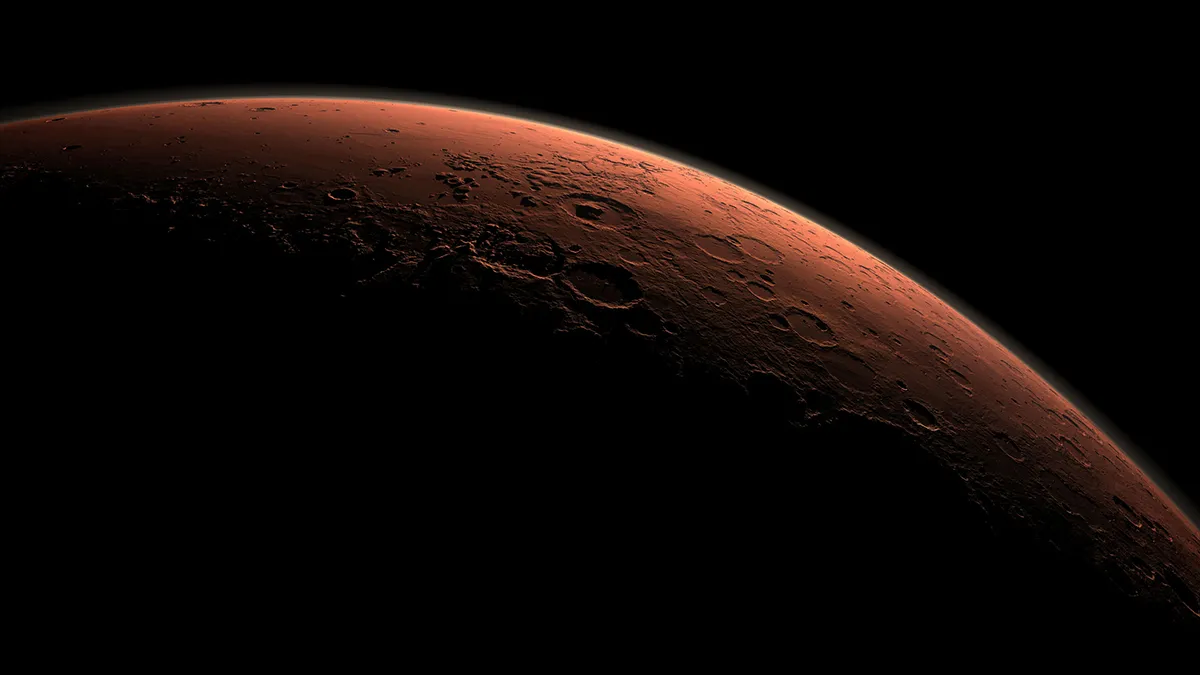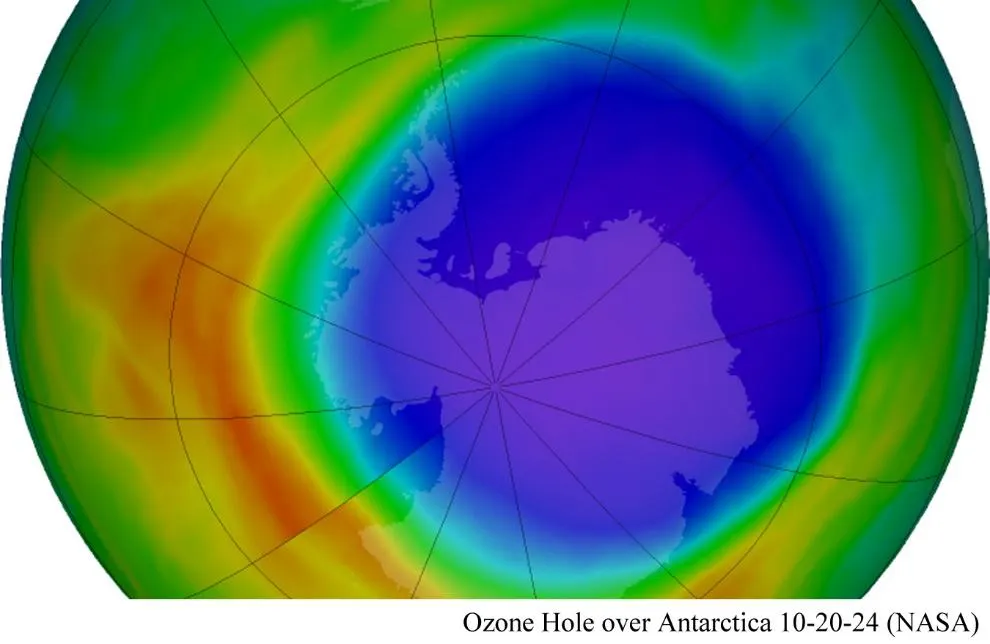Almost from the moment Neil Armstrong said, “That was one small step…”, people were asking, “So, when are we going to Mars?” Yet in the intervening half-century, we’ve gone more backwards from that goal than forwards. Sure, we’ve landed dozens of ever-more sophisticated robots and learned vastly more about Mars – but we’re no longer able to even send humans to the Moon, let alone Mars.
While tech billionaire Elon Musk has revived the dream of not just flying to, but living on, Mars, the dream seems further away than ever.
Firstly because, as Douglas Adams said: Space is big. You just won’t believe how vastly, hugely, mind-bogglingly big it is. Even at its closest, the distance from Earth to Mars is more than 150 times the distance to the Moon. That makes the logistical problems of sending humans – air, water, food, fuel – exponentially huger.
Then there’s the massive challenge of eking out a living on a freezing desert having no breathable air and poisonous soil. Andy Weir’s The Martian, while rightly celebrated as rigorously hard science fiction, missed one key detail (not known when he wrote the novel): Mark Watney’s precious ’taters would either have not grown, or have killed him when he ate them. Because Martian soil is literally poisonous. Martian soil has high concentrations of chemicals called perchlorates: high enough to be toxic to humans.
But it’s not just the poisonous soil, nor the food, air, water and fuel logistics that would make a Martian trip (let alone colonisation) so difficult. There’s the radiation to think of.
Sending human travelers to Mars would require scientists and engineers to overcome a range of technological and safety obstacles. One of them is the grave risk posed by particle radiation from the sun, distant stars and galaxies.
It’s difficult for us to conceive, living as we do under the aegis of both an atmosphere and magnetic fields that lovingly shield us, but the universe is bathed in radiation. Even on Earth’s surface, we live in a constant bath of low-level radiation. We’ve evolved to deal with that, but even taking a high-atmosphere long-haul plane flight increases our exposure to cosmic radiation. Leave the Earth, and you’ll be swimming in the stuff.
Would particle radiation pose too grave a threat to human life throughout a round trip to the red planet? And, could the very timing of a mission to Mars help shield astronauts and the spacecraft from the radiation?
According to a new paper: “no” and “yes” (within limits).
That is, humans should be able to safely travel to and from Mars, provided that the spacecraft has sufficient shielding and the round trip is shorter than approximately four years. And the timing of a human mission to Mars would indeed make a difference: The scientists determined that the best time for a flight to leave Earth would be when solar activity is at its peak, known as the solar maximum.
The scientists’ calculations demonstrate that it would be possible to shield a Mars-bound spacecraft from energetic particles from the sun because, during solar maximum, the most dangerous and energetic particles from distant galaxies are deflected by the enhanced solar activity.
That puts some pretty strict limits on a launch window. A round-trip of under two years is theoretically plausible. But don’t plan on stopping over too long.
The researchers recommend a mission not longer than four years because a longer journey would expose astronauts to a dangerously high amount of radiation during the round trip — even assuming they went when it was relatively safer than at other times. They also report that the main danger to such a flight would be particles from outside of our solar system […]
The two main types of hazardous radiation in space are solar energetic particles and galactic cosmic rays; the intensity of each depends on solar activity. Galactic cosmic ray activity is lowest within the six to 12 months after the peak of solar activity, while solar energetic particles’ intensity is greatest during solar maximum, [Yuri Shprits, a UCLA research geophysicist and co-author of the paper] said.
So if the Sun doesn’t kill you, the stars will.
When it comes to radiation shielding, you’re likewise damned if you do, damned if you don’t.
Shprits and colleagues from UCLA, MIT, Moscow’s Skolkovo Institute of Science and Technology and GFZ Potsdam combined geophysical models of particle radiation for a solar cycle with models for how radiation would affect both human passengers — including its varying effects on different bodily organs — and a spacecraft. The modeling determined that having a spacecraft’s shell built out of a relatively thick material could help protect astronauts from radiation, but that if the shielding is too thick, it could actually increase the amount of secondary radiation to which they are exposed.
Science Daily
What that refers to is what happens when high-energy particles like gamma rays penetrate deep into, if not through, even the densest shielding. When they penetrate the shield materials, they cause nuclear reactions with the atoms of the shielding materials, producing new, “secondary” particles. These additional secondary particles propagate into the spacecraft interior and increase the radiation dose. In fact, the heavier the shielding, the more secondary particles (due to the denser-packed atoms) and associated radiation damage.
So Earth is a nice place to live: space, not so much. Which puts strict limits on what humans can do in space and for how long.
And that means that setting up shop on Mars is still a long way off.

Please share this article so that others can discover The BFD









